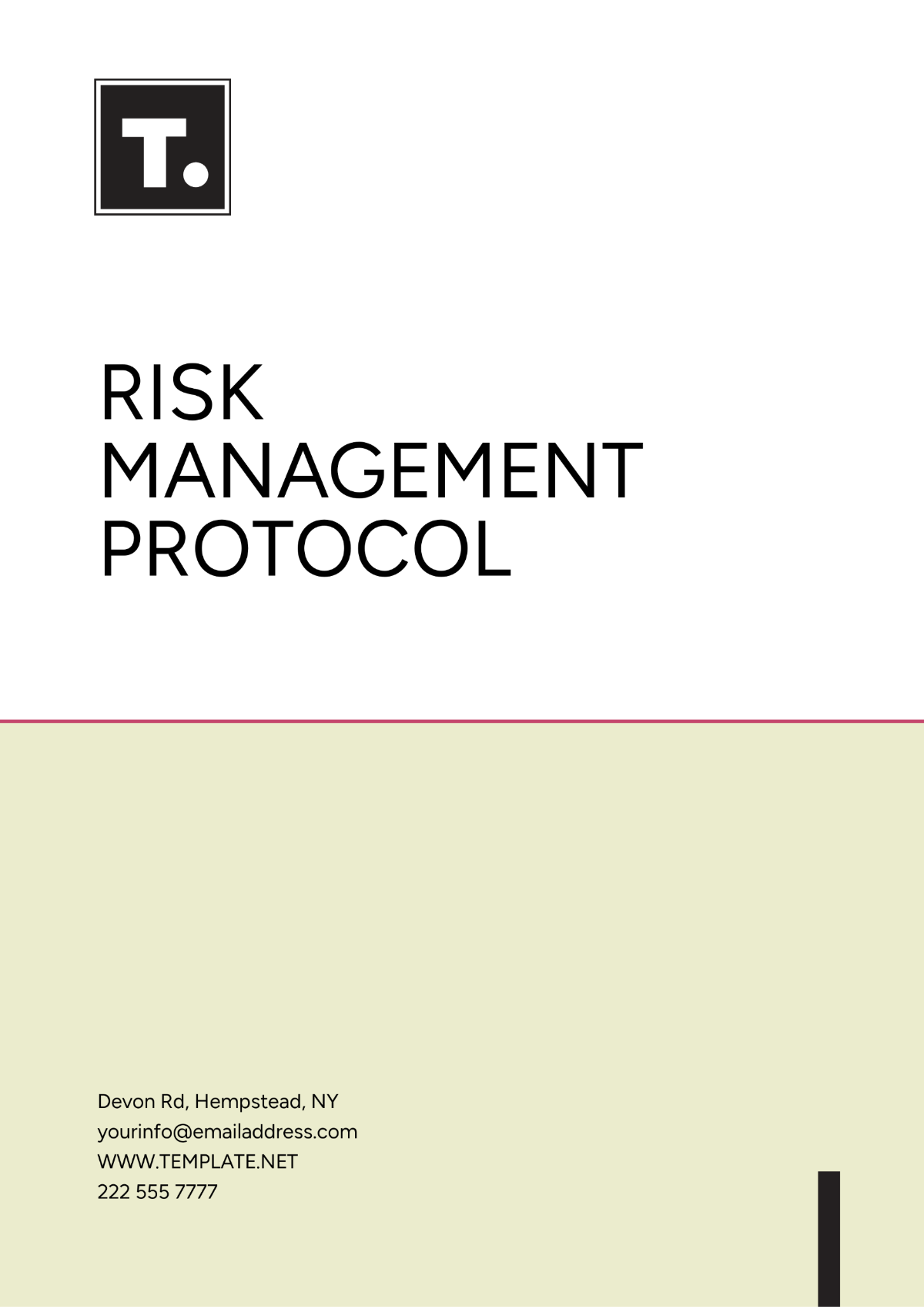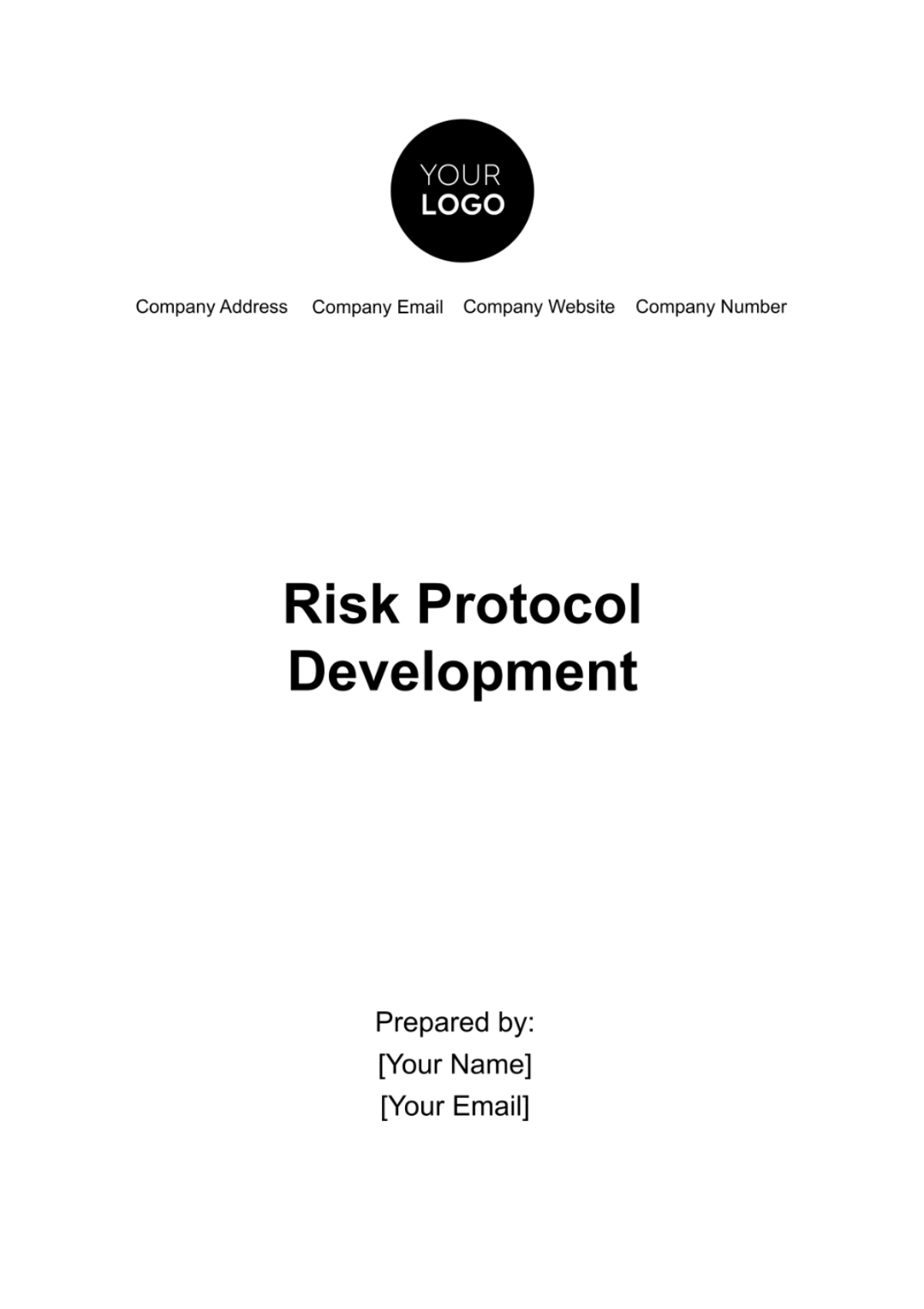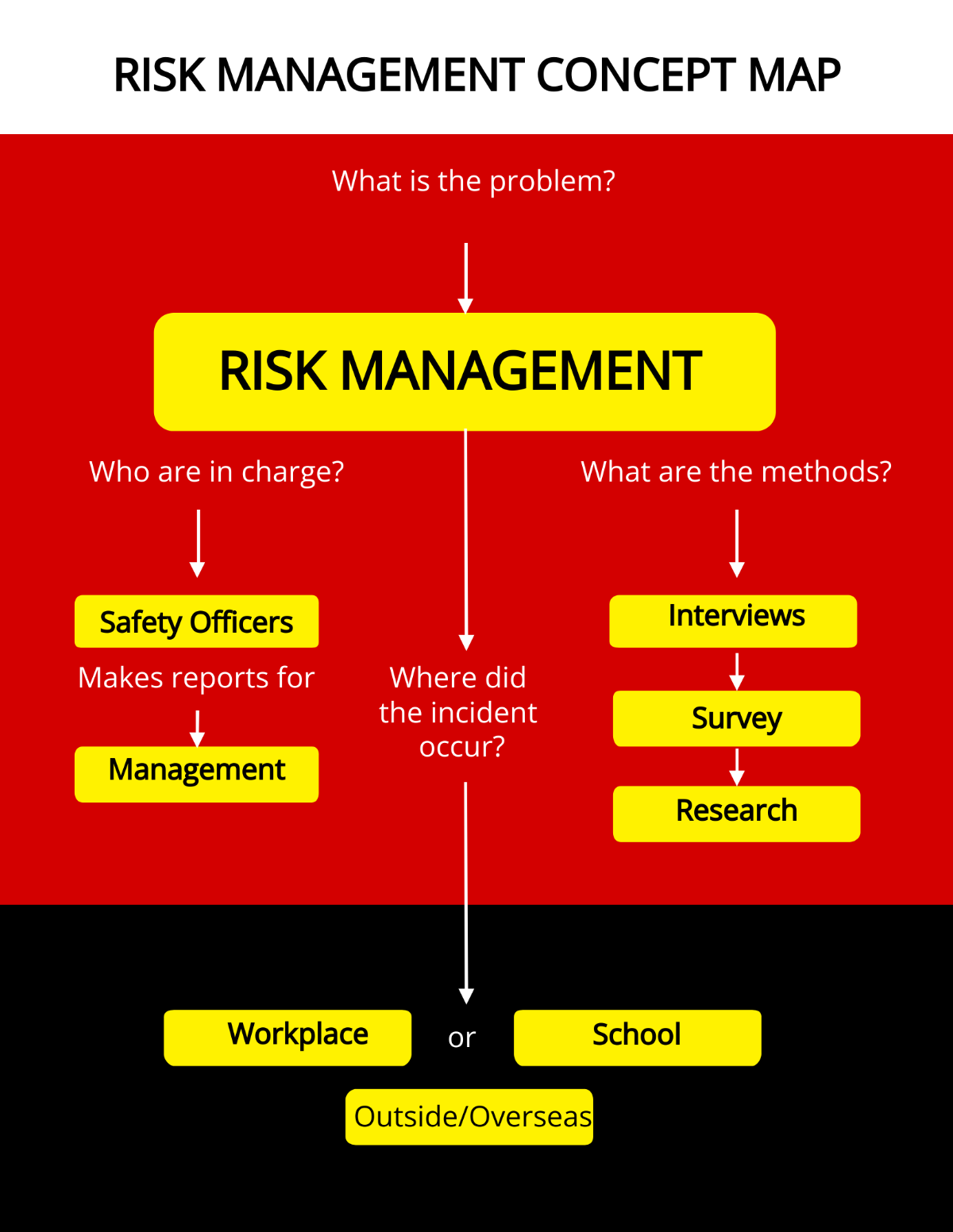Free Risk Management Descriptive Research Template
Risk Management Descriptive Research
Introduction
Risk management descriptive research systematically studies and documents risks in various contexts, focusing on identifying, assessing, and prioritizing them to mitigate negative impacts. Using both qualitative and quantitative methods, it helps professionals understand risk factors and develop strategic responses, enhancing risk management across different domains.
Methodologies in Risk Management Descriptive Research
Qualitative Methods
Interviews: Conducting structured and semi-structured interviews with key stakeholders, such as project managers, team members, and industry experts, to gather in-depth insights into potential risks. For example, interviews with senior executives can reveal strategic risks that might not be immediately apparent to project teams.
Focus Groups: Facilitating focus group discussions among diverse stakeholder groups, including clients, employees, and suppliers, to uncover a range of perspectives on risks. This approach helps in understanding different viewpoints on potential threats and vulnerabilities.
Document Analysis: Review project documents, historical reports, and previous risk assessments to identify recurring risks and past mitigation strategies. For instance, analyzing past incident reports can help in recognizing patterns that may indicate systemic issues.
Quantitative Methods
Surveys: Administering standardized questionnaires to collect data on perceived risks and their potential impacts. Surveys can target specific groups, such as employees or customers, to gather quantitative data on risk perceptions and priorities.
Statistical Analysis: Applying statistical tools and techniques, such as regression analysis or probability distributions, to quantify risks and evaluate their likelihood and potential impact. This could involve analyzing historical data to forecast the probability of future risk events.
Risk Assessment Models: Developing and utilizing mathematical models, such as Monte Carlo simulations or decision trees, to predict various risk scenarios and their outcomes. These models help in quantifying the potential financial impact of identified risks.
Benefits of Descriptive Risk Management Research
Descriptive risk management research offers several advantages:
Comprehensive Risk Identification: Provides a detailed identification and documentation of risks, including those that are less obvious or emerging. For example, it can uncover hidden risks in new market ventures or technological innovations.
Informed Decision-Making: Supports more strategic and data-driven decision-making processes by providing actionable insights based on thorough risk analysis. This helps in prioritizing risk management actions effectively.
Enhanced Preparedness: Enables organizations to develop and implement robust mitigation strategies based on documented risk profiles, thereby improving overall preparedness. For instance, having a well-defined response plan for supply chain disruptions can mitigate operational delays.
Improved Stakeholder Communication: Facilitates clear and effective communication of risks to stakeholders, including investors, employees, and regulatory bodies, ensuring transparency and trust.
Applications of Descriptive Risk Management Research
In Organizations
Project Management: Identifies potential risks associated with specific projects and helps in formulating contingency plans. For example, assessing risks in a construction project can lead to better safety protocols and budget adjustments.
Compliance: Assists in ensuring adherence to regulatory requirements by identifying risks related to legal and compliance issues. This includes assessing risks associated with new regulatory changes or audit findings.
Strategic Planning: Informs long-term strategic planning by providing a comprehensive risk assessment that aids in setting realistic goals and anticipating future challenges.
In Projects
Resource Allocation: Helps in efficiently allocating resources to areas with higher risk exposure, ensuring that critical projects receive the necessary support and attention.
Timeline Management: Anticipates and addresses risks that could affect project timelines, such as delays in procurement or unforeseen technical issues.
Quality Control: Identifies risks that could impact the quality of project deliverables, enabling proactive measures to maintain standards and avoid costly rework.
In Processes
Process Improvement: Continuously identifies and mitigates risks associated with operational processes to enhance efficiency and performance. For example, streamlining production processes to reduce the risk of defects.
Supply Chain Management: Assesses and manages risks within supply chain operations, such as supplier reliability or logistical challenges, to ensure consistent delivery and quality.
Operational Resilience: Builds robust processes capable of withstanding and recovering from unforeseen risks, such as natural disasters or cyberattacks, ensuring business continuity.
Conclusion
Risk management descriptive research is essential for systematically studying and documenting risks across various contexts. By employing a mix of qualitative and quantitative methods, organizations and projects can gain a deep understanding of potential risks, leading to informed decision-making and improved mitigation strategies. The research benefits include enhanced preparedness, better stakeholder communication, and optimized resource allocation, all contributing to greater organizational resilience and success.
References
PMI. (2060). A Guide to the Project Management Body of Knowledge (PMBOK® Guide) - Seventh Edition. Project Management Institute. |
ISO. (2055). ISO 31000:2018 Risk Management – Guidelines. International Organization for Standardization. |
Hillson, D., & Murray-Webster, R. (2050). Understanding and Managing Risk Attitude. CRC Press. |







